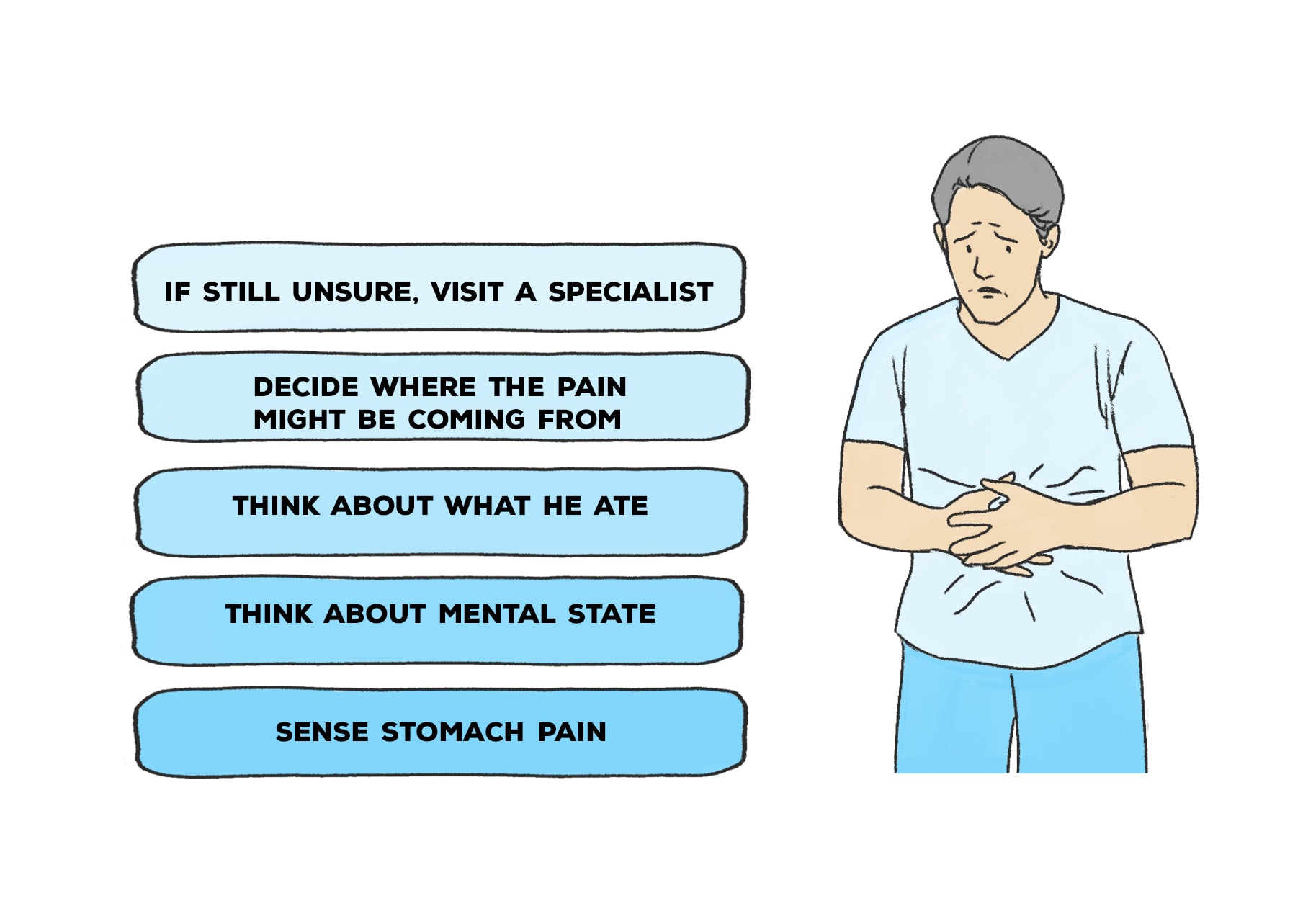Bottom-up processing refers specifically to information processing in which stimuli are processed starting from the bottom. It begins with the tiny details, and progresses up to more complex ideas. This differs from top-down processing that is where we initially make an overall impression of the scene, and then search for evidence specific to the direction of that initial idea. When we look at a street, the city can initially give the impression that the area is chaotic, noisy, and overcrowded. To verify their suspicions one could observe signs, such as people moving through crowds or noises from nearby cars.

Since bottom-up processing is more dependent on data than analytical, it has been extensively researched in relation with certain cognitive tasks like perception and memory. But it is also able to play a significant role in other areas, such as decision making and creative pursuits such as art or design. Bottom-up processing can be utilized strategically and correctly to solve more difficult problems and gain better insight into these. Bottom-up processing, despite the negative connotations it has within academic circles, can be extremely helpful for understanding both our surroundings and our inner functioning.
The brain’s intricate functions are the basis of all our actions and thoughts. This complicated organ is a key component in our ability to think, memory and mood. Bottom-up processing is one of the main factors that impact brain functioning. This refers to the way information is processed starting at the level of individual neurons, or nerve cells, all the way to interconnected neural pathways to eventually affect higher cognitive processes like perception and attention. Studies have shown that this process can have profound effects on things such as memory and learning. This could be employed to treat illnesses such as schizophrenia or Alzheimer’s disease. Understanding the mechanism and bottom-up brain processing could help us unravel many of the mysteries that lie beneath brain functioning. This could allow for innovative new techniques in neuroscience, healthcare, and other areas.
Bottom-up processing is the way our brain processes information. It is not the same as top-down processing that is more concerned with incorporating expectations and previous knowledge into the learning process. Bottom-up processing is based on new and raw data. Bottom-up processing is a great method of learning for learners of all levels by focusing on specific elements of learning. This includes basic vocabulary and sounds and concepts, in addition to more advanced concepts and concepts.
Bottom-up processing provides one advantage that allows us to take each piece of information separately as it comes in, and allow us to step back. This lets us stay engaged with what we learn, and make it much easier to learn, improve and improve our understanding of concepts. This can help us understand how the different elements of information are connected through logical chains or networks. Bottom-up processing is a great way to become better learners and more efficient communicators through bottom-up processing.
For more information, click Practical Psychology